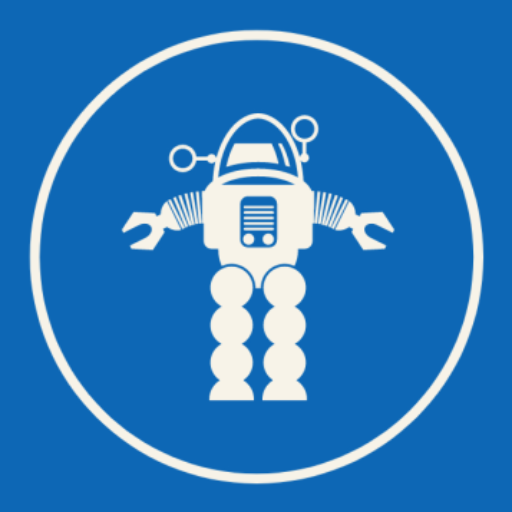Latest from MIT Tech Review – Three ways we can fight deepfake porn
Last week, sexually explicit images of Taylor Swift, one of the world’s biggest pop stars, went viral online. Millions of people viewed nonconsensual deepfake porn of Swift on the social media platform X, formerly known as Twitter. X has since taken the drastic step of blocking all searches for Taylor Swift to try to get…
